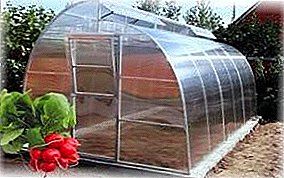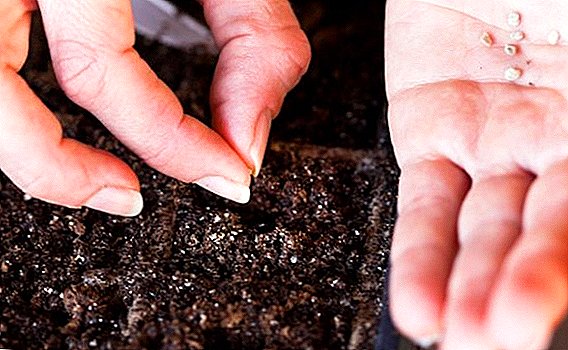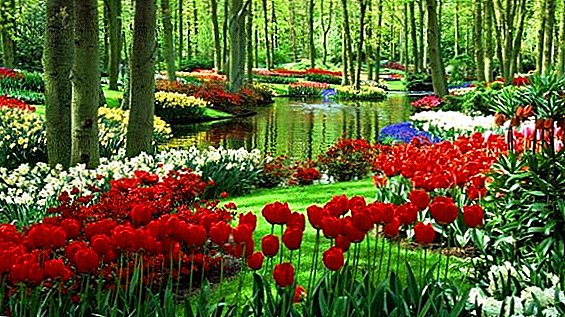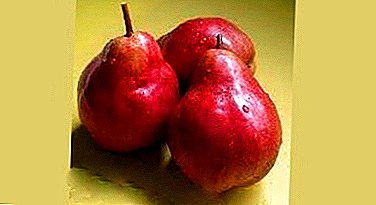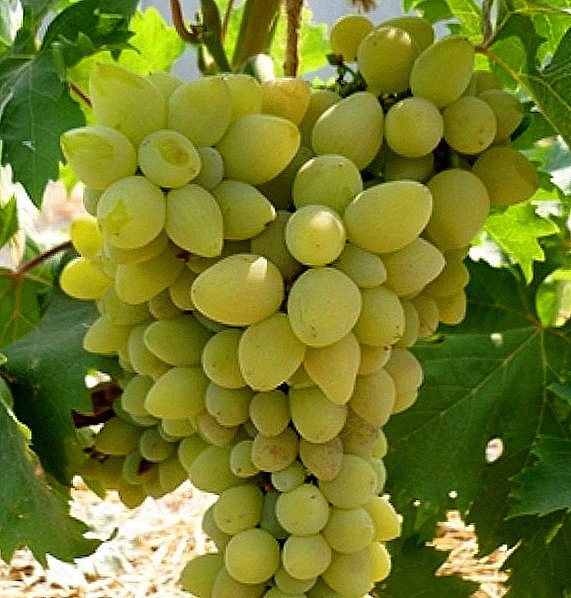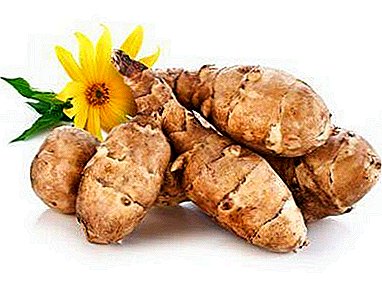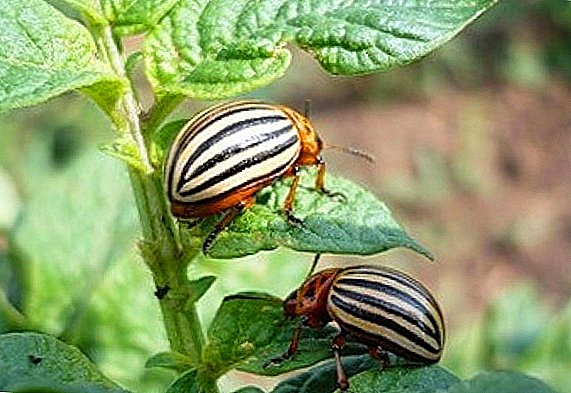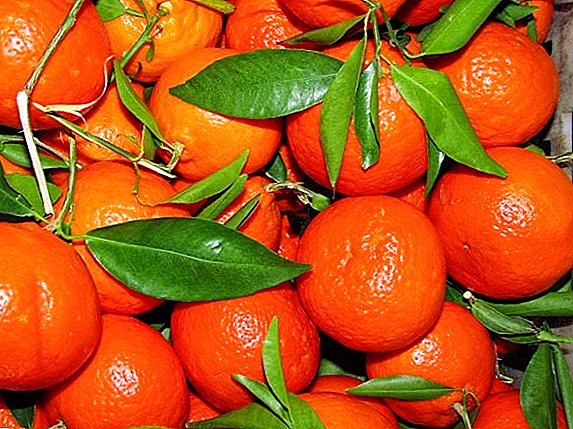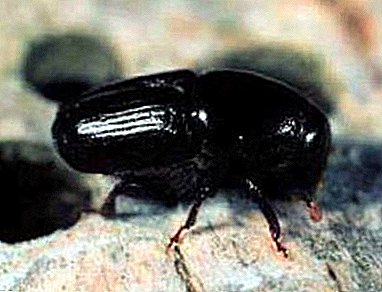
In the structure of the trunk of each tree there is a vital physiologically active layer - sapwood.
It fills the space between the core of the wood and the bark, is a conductor of nutrients and water from the roots to the crown and back.
In this fertile environment and settled small beetle from the family of bark beetles - the sapwood.
Sapwood species and regions of distribution
 200 species of weevil beetles enters the biological group of pests of fruit crops of the Northern Hemisphere and South America, and 50 of them are represented in the classifier in our country.
200 species of weevil beetles enters the biological group of pests of fruit crops of the Northern Hemisphere and South America, and 50 of them are represented in the classifier in our country.
These insects "specialize" both in cultivated ones (apple, pear, etc.) and in wild plants such as mountain ash, hawthorn, cornel, deciduous and coniferous trees.
All periods of development of the beetle take place in the vital active layer of the tree, and therefore cause him irreparable damage, digging through numerous passages, plugging them with a drill plug, destroying cambium cells (providing an increase in trunk tissue), causing acne-cure.
Note: One sapwood beetle pierces through its life up to 3 strokes 6 cm long. The fecundity of one female is up to 100 eggs. You can imagine the damage that only one generation of these pests do.
Almost every type of wood have your borer (mono-phage), which prefers these particular plants to ensure its existence:
- fruit sap;
- birch sap;
- oak saplings;
- almond;
- hornbeam, etc.
Some species reveal a preference for a distribution region:
- Ussuri;
- Moravitsa sapwood (Dauria, Northeast China).
Species diversity is provided by the morphological features of the pest:
- pygmy caprice;
- wrinkled;
- Sapman
Fruit Type Description
- Sapod - dark brown oligophage beetle:
- up to 4mm;
- with shiny elytra and equilateral pronotum;
- abdomen of 8 segments, straight, sloping;
- a small head, as it were, drawn into the chest;
- antennae with oval thickenings on the ends (clubs), densely covered with hairs;
- six paws with an apical tooth on the lower leg;
- with abundant hair and scales covering the whole body.
- The species is characterized by sexual dimorphism.
- Eggs are white, oval-shaped formations up to 1 mm each. In laying - 50-100 eggs.
- The larva is white, soft, with a yellowish tinge, up to 5 mm; with callus pads that provide it with movement; significant individual - dark brown;
- The pupa is white in color of the metamorphosis of the beetle, corresponding to its size; dense, short formation, with strongly outstanding wings hiding legs.
Fact: Another beetle, the wrinkled sapwood, attempts to sap the fruit trees, mainly stone trees. It is smaller in size (up to 3 mm) and coal black without gloss. His flights in search of a new home begin a month later - from July to August.
A photo
You can see how the sapwood looks in the photo below:





Stages of development of birch sap
- The appearance of a beetle on a tree that will become its home falls on the beginning of June - the middle of July.
Birch sapwood chooses a trunk and thick branches of a tree weakened after winter or as a result of a violation of the agricultural background of a tree, biting into them and forming short passages, eats young bast. There, under the bark, gathering in groups, he will remain to spend the winter.
- The female has another task: she needs to gnaw through a masterbatch with mating extension and side pits for clutches.
Performing such laborious work requires effort, so the female is in the process of preparing a place for posterity intensively feeds on the water-conducting layer of sapwood.
- Fertilization occurs in the extended part of the stroke, after which the female lays the eggs in the lateral fossa and seals them with cork from drill flour.
Having fulfilled its purpose and closed the main entrance with its body, it dies.
- In the warmth of the enclosed space, the eggs turn into larvae, which are actively making new passages in different directions, eating sapwood. Wintering under the bark, they stop feeding until spring.
- By the middle of May, after completing its cycle, the larva at the end of the course establishes a "pupal nest", where the process of pupation takes place.
- Two weeks later, a new beetle emerges from the pupa, ready to search for its home. For departure, the birch sapling can only gnaw through the course at will.

Important: The first sign of the destruction of a tree by fruit sap is a handful of drilling flour spilling from the female's gnawed passages. On the stone fruit - gum abundantly protrudes. The tree weakens, reduces the yield, and, if it bears fruit, it decreases with the quality of the fruit.
Control and prevention measures
The use of means of influence on the beetle and its offspring at different phases of development distinguish the following types of opposition:
- Quarantine - in order to prevent the spread of the sapwood.
- Improving the agricultural background to improve the health of the plant and eliminate conditions that satisfy the breeding process:
- varietal selection;
- sanitary pruning;
- sufficient watering;
- plant nutrition.
Reference: A healthy plant itself is able to cope with the sapwood. To do this, he has the ability to pour juice and canal chambers with larvae, causing the latter to die. - Biological. Lies in entomophage attraction - insects (from the family of Hymenoptera) and birds, which are natural enemies of the sapwood, or acarifagov - fungi and bacteria, dangerous for the species. Tits and woodpeckers, greenfly flies and anteraceae (pestryak) are good helpers in the fight against fruit sapwood.
- Chemical - spray every 2 weeks with insecticides ("Aktar", "Vector", "Mospilan", "Confidor") or phosphor-organic. In order to combat the beetle, injections of synthetic pyrethroids are also used under the cortex ("Decis", "Sherpa", "Fastak").
 It should be borne in mind that the larvae and pupae of the bark beetle do not tolerate high summer temperatures and open sunlight.
It should be borne in mind that the larvae and pupae of the bark beetle do not tolerate high summer temperatures and open sunlight.
The population is significantly affected by increased humidity or temperature differences during the flight of the beetles. The drought is also disastrous for them.
Based on this knowledge, you can build a system of measures to protect the garden from being hit by this pest.


